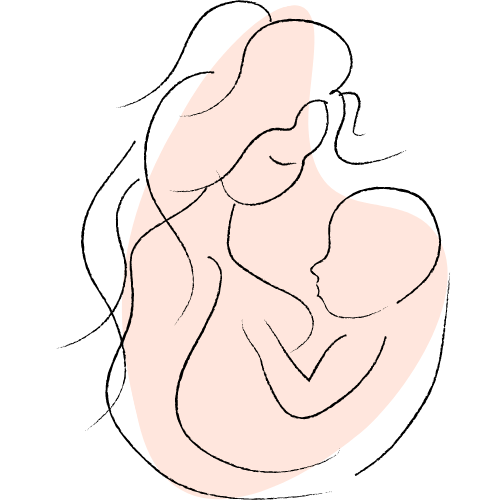Is it real labor or just a mock drill? It is difficult to differentiate between real and false labor because the contractions and a few other symptoms are similar in both the cases. Therefore, it is important to recognize the false labor so that you do not panic every time you get them or ignore the real labor as just another episode of your body’s mock drill.
We help you understand the signs of false labor and differentiate between false and true labor. Read on.
What Is False Labor?
False labor pains, also known as Braxton Hicks contractions, are a precursor to true labor. They can occur as early as the fourth month but become frequent as your due date approaches. These contractions signify false labor as there is a pain but no dilation of the cervix.
However, the false labor does not occur in every pregnant woman. But if you do have contractions before your due date, then it is good to know whether or not they are false.
What Are The Signs Of False Labor?
Here are a few signs to identify false labor:
- Irregular contractions
- Tightening in the abdomen
- No water break. If you notice any leakage of fluid that smells like ammonia, then it is urine and not amniotic fluid (it is odorless).
- Occurs a few times in a day, and towards the later stage, it can occur every 10 to 20 minutes.
- No bleeding
As mentioned above, not every woman will go through false labor, but in certain cases, you are more likely to experience them.
What Triggers A False Labor?
False labor often starts due to:
- Physical activities like climbing stairs
- Sexual intercourse
- Full bladder when you wake up in the morning
- If you are dehydrated or have a fever
- Your baby’s movements in the uterus
So, how do we differentiate between false and true labors? Let’s see how each one them feels like.
How Do Braxton Hicks Or False Labor Contractions Feel Like?
Braxton Hicks contractions feel like a muscle tightening in your abdomen or a squeezing sensation in the lower abdomen and the groin. These contractions do not continue for long; they neither get stronger nor closer with time. If these contractions are felt towards the last weeks of pregnancy, they indicate that your true labor is not very far.
How Do True Labor Contractions Feel Like?
The contractions of true labor are an ache or discomfort in your back and in the lower abdomen. You may experience pressure in the pelvic area. In some pregnant women, the pain is felt in the thighs. It comes at regular intervals and then gets closer and stronger over time. Each contraction lasts for 30-70 seconds.
By now, you may have noticed that there are subtle differences between false and true labors. Let us see a few more pronounced differences between them.
What Is The Difference Between A True And False Labor?
The following chart will help you figure out the differences :
| SIGNS | TRUE LABOR | FALSE LABOR |
|---|---|---|
| Frequency of contractions | Contractions occur at regular intervals. They get closer over time | They are irregular and do not get closer |
| Intensity of contractions | The frequency and intensity of contractions increase with time, irrespective of any activities | Contractions may get weaker or stronger depending on your activities or change in position |
| Time of contractions | Last for 30-70 seconds and progressively increase | Vary in length |
| Center of contractions | The contraction starts in the lower back and moves to the abdomen | The contraction centers in your lower abdomen and groin |
| Change in cervix | The cervix is dilated | Does not cause dilation of the cervix |
| Vaginal discharge (bloody show) | Slightly pinkish or bloody discharge from vagina due to cervical changes | No discharge |
By keeping a close watch on the above-mentioned differences, you can identify the type of labor pain you are experiencing at that point. False labor can be a real discomfort during the last weeks of pregnancy, but you can ease the pain.
Tips To Ease A False Labor
Here are some tips to help you overcome the uneasiness:
- Go for a walk
- Change positions while lying down
- Take rest
- Drink plenty of water
- Take a warm bath to relax your body
- Get a massage done
The pain should subside with these simple measures. However, if the contractions are regular and do not decrease even after your efforts, then see a doctor.
When To Call The Doctor?
It is important to contact the doctor if you notice:
- vaginal bleeding in bright red color
- continuous leaking of fluid or water break
- contractions felt every five minutes for more than an hour
- any significant change in the baby’s movement, such as less than 6-10 movements in an hour
- inability to walk due to contractions
If you notice such contractions before 37 weeks, you must contact your doctor right away to rule out the possibility of preterm labor. Otherwise, you can closely monitor the signs to see how the labor advances. If you are not sure about the type of contractions, call up your doctor and explain the situation.
Have an experience to share on false labor? Let us know in the comments section.
